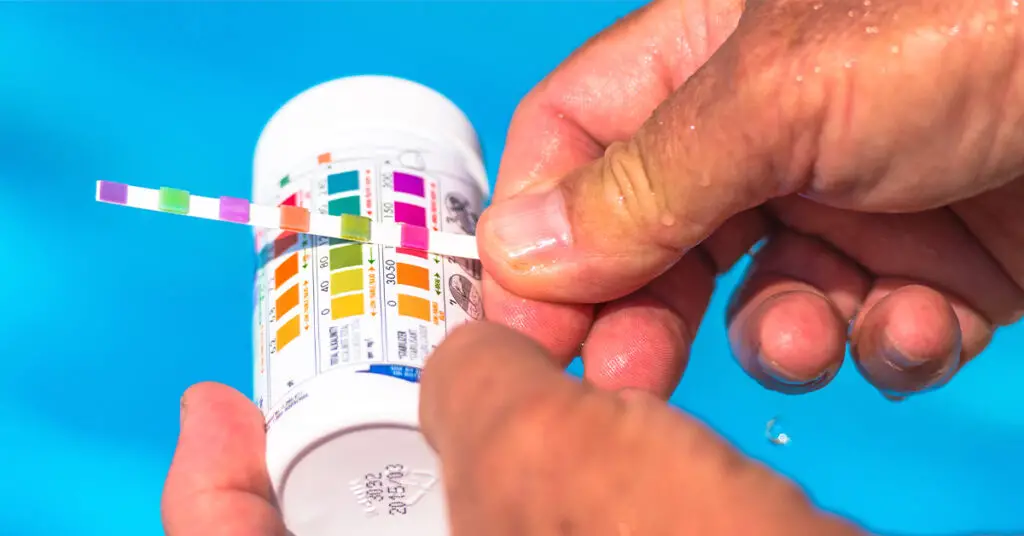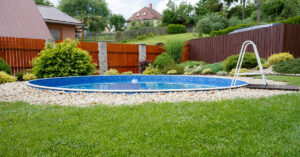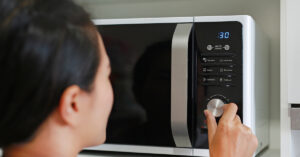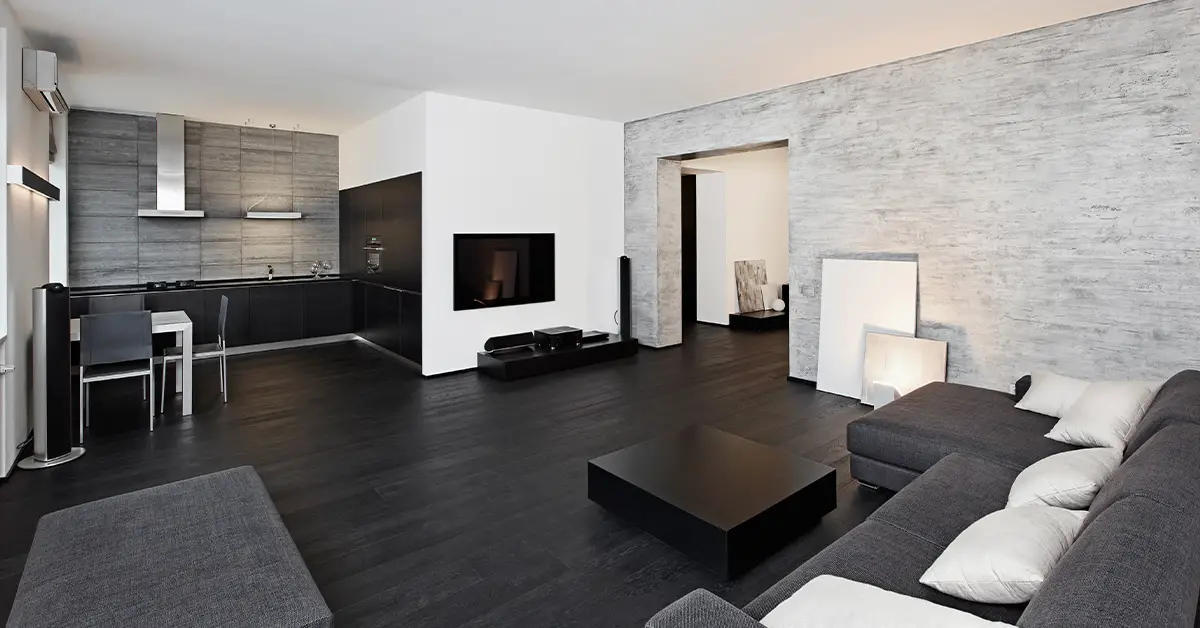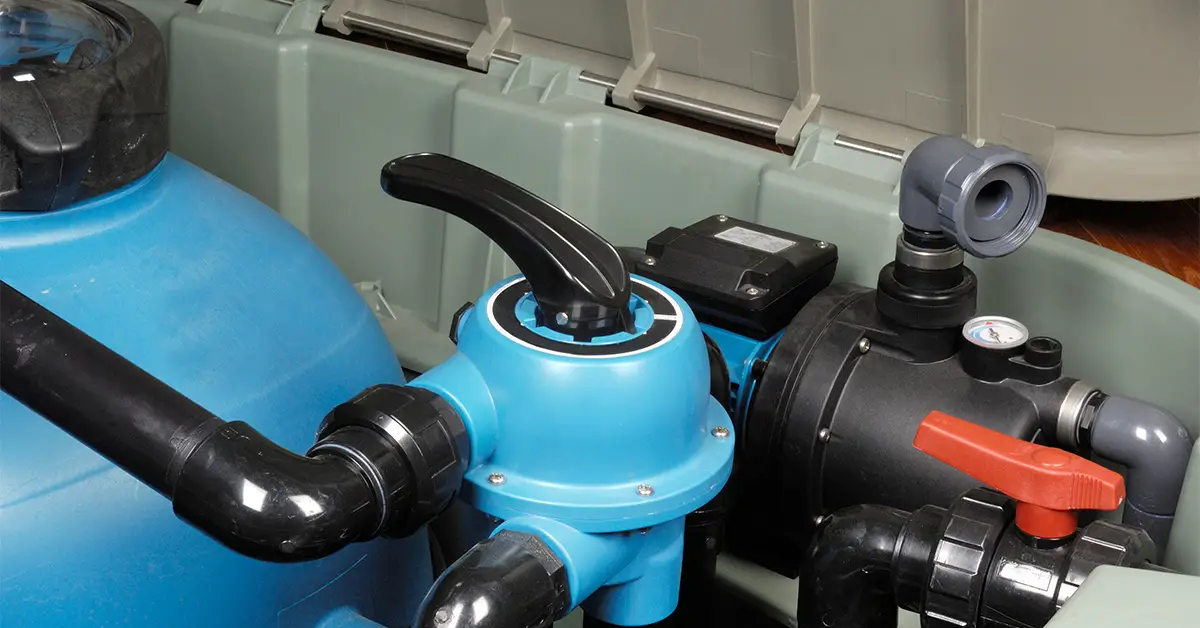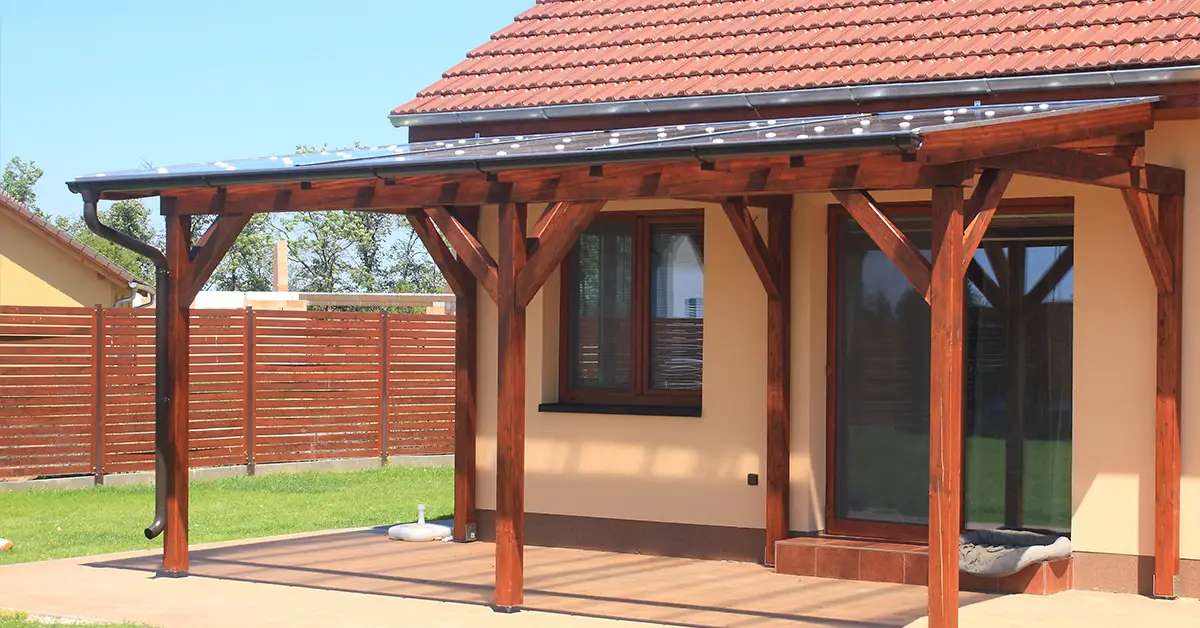Also called pool conditioner or chlorine stabilizer, cyanuric acid is an important chemical that helps stabilize the amount of chlorine in your pool. So, without it, the chlorine will break down quickly under the influence of the sun’s UV rays. And, this is where cyanuric acid comes to play.
However, having too much or too little of the acid can hamper the chlorine’s effectiveness and can damage certain pool equipment as well. That’s why it is important to have the right cyanuric acid levels. But how to balance cyanuric acid in your swimming pool? Read on to find out more about cyanuric acid and how to balance it in your pool.
Table of Contents
Why is cyanuric acid important for your pool?
Cyanuric acid helps in reducing the amount of chlorine that is destroyed by the sun’s UV rays. The acid keeps chlorine levels high so that it can stabilize the pool water for a longer time. Also, it reduces algae outbreaks frequently.
If you have an outdoor pool without cyanuric acid, chlorine gets dissipated in a few hours leaving your pool unsanitized and unprotected. According to a study, it takes mere seventeen minutes of UV rays exposure to destroy almost half the amount of chlorine in your pool.
Imagine a chlorine tablet losing half of its potentialities within a short time frame. Hence, pools with low cyanuric acid experience low chlorine levels. Besides, it doesn’t matter how much you add chlorine to the pool, the levels will keep on dropping. When you add a stabilizer, it helps chlorine last three to five times longer.
However, not all pools require cyanuric acid to maintain balanced chlorine levels. The stabilizer is only needed for outdoor pools where it is exposed to UV rays. Moreover, cyanuric acid stays in the pool for longer even after water evaporates. Therefore, check the acid levels before you add it to the water.
What should be the right cyanuric acid levels?
It is best to have cyanuric acid levels between 30 and 50 ppm. Having too much of it can decrease the effectiveness of chlorine. Besides, too little can cause chlorine to break down under the sun’s UV rays. However, the ratio of cyanuric acid to chlorine is crucial.
The free chlorine levels should be around 7.5% of the cyanuric acid levels. For example, if the pool has cyanuric acid levels at 40 ppm, free chlorine levels should be at 3 ppm. That way, it will sanitize the pool effectively.
If the pool water is salty, you have to maintain a higher level of cyanuric acid. That’s because the UV rays cause double harm to saltwater pools. As such, pool manufacturers advocate keeping cyanuric acid levels anywhere between 60 and 80 ppm.
Keep in mind that more cyanuric acid doesn’t mean more protection from the UV rays. When the acid levels are higher, you can experience algae growth. Moreover, if the acid levels are 100 ppm or higher, you may not get an accurate reading on the test strip. In that case, use a test kit that measures up to 300 ppm acid levels or take a water sample to your nearest pool supply store.
What is the main reason for a higher cyanuric acid level?
When you add chlorine to your pool, you are adding cyanuric acid as well. In general, most chlorine products in the form of tablets or granules come with stabilized chlorine. It means, they have cyanuric acid in them. As such, whenever you add chlorine, you are adding cyanuric acid.
Unstabilized chlorine, on the other hand, doesn’t contain cyanuric acid. And, if you need a stabilizer, you have to buy it separately. Typically, these products are called pool conditioners or pol stabilizers. Take precautions when adding cyanuric acid to water.
It is quite impossible to lower the cyanuric acid levels if they are too high. Besides, the acid doesn’t break down or evaporate like chlorine. As such, it will stay in the pool water. Also, it will move into the filtration system including pool plaster.
How to balance cyanuric acid levels in the pool
The only effective way to balance or lower cyanuric acid is to drain the pool water partially and refill it with fresh water. If you believe that the cyanuric acid is too high, stop adding stabilized chlorine or cyanuric acid to the pool. Here are the steps involved in the process.
1. Test the water
Start by testing the pool water for cyanuric acid levels and see whether or not they are between 30 and 50 ppm. However, if the levels are 100 ppm and above, you run the test a few more times.
Also, you can take a water sample to your nearest pool supply store. Alternatively, you can buy a test kit that can measure up to 300 ppm of cyanuric acid levels.
2. Don’t use stabilized chlorine further
Check whether or not you are using stabilized chlorine because it already contains cyanuric acid in small amounts. Here is the list of chemicals that stabilized chlorine tablets contain. So, if you find them on the label, stop using the products.
- Trichloroisocyanurate
- Sodium dichloroisocyanurate
- Potassium dichloroisocyanurate
In short, use chlorine that doesn’t contain cyanuric acid. That way, you can reduce high cyanuric acid levels and prevent the pool water from getting worse.
3. Dilute the pool water
When the level of cyanuric acid in your pool becomes too high, you should dilute the water. The best way to resolve the issue is to partially drain some part of the pool water. And, refill the same using freshwater.
In general, if the acid levels are about 10% high, you have to remove about 10% of the pool water and replace it with fresh water. But remember that cyanuric acid can lurk around in the pool’s filtration system. So, when you have extremely high levels of cyanuric acid, you should change the filter as well.
4. Test again
Run the pump for some time to circulate the fresh water in the pool. Again, retest the water for cyanuric acid levels. If the levels are too high, repeat the process by diluting more water from the pool.

